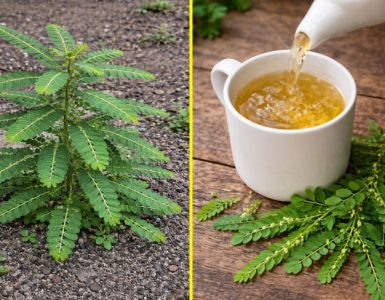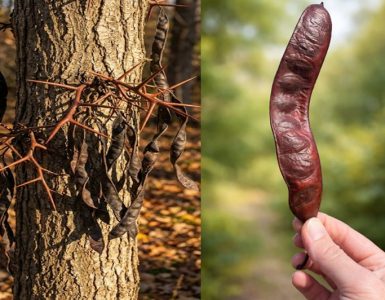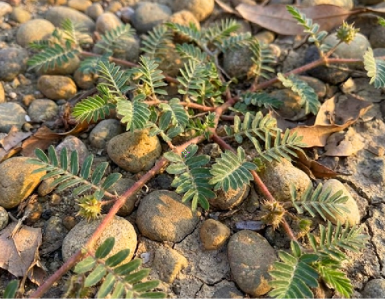Groundsel (Senecio vulgaris), often seen as a common weed, is a plant that has been quietly offering its benefits for centuries. Found in gardens, fields, and roadsides worldwide, this unassuming plant is part of the daisy family (Asteraceae). Though it’s often uprooted and discarded, groundsel is far more than an unwelcomed guest in the garden—it is a powerhouse of medicinal properties and ecological significance. Let’s uncover the hidden power of this unpretentious wonder of nature.
What is Groundsel?
Scientific Name: Senecio vulgaris
Common Names: Groundsel, common groundsel, old-man-in-the-spring.
Family: Asteraceae (daisy family)
Habitat: Thrives in a variety of environments, including disturbed soils, gardens, and agricultural fields.
Groundsel is a small annual herbaceous plant with bright green, lobed leaves and tiny yellow flowers. It’s often dismissed as a nuisance weed, but this resilient plant has much to offer.
Medicinal Benefits of Groundsel
1.Anti-Inflammatory Properties
Groundsel has been traditionally used to reduce inflammation. It can be applied as a poultice or taken as a tea to soothe:
Swollen joints.
Minor injuries.
Skin irritations.
2.Wound Healing
The leaves of groundsel are known for their ability to promote wound healing. In folk medicine, crushed leaves are applied directly to cuts and sores to help speed up recovery and prevent infection.
3.Digestive Health
Groundsel tea has been used to support digestive health by:
Relieving constipation.
Reducing bloating and gas.
Soothing stomach cramps.
4.Respiratory Relief
Groundsel has mild expectorant properties, making it useful in easing respiratory issues like:
Coughs.
Congestion.
Bronchial discomfort.
5.Menstrual Regulation
In traditional herbal medicine, groundsel was used to regulate menstrual cycles and alleviate cramps. It was often brewed as a tea for this purpose.
Ecological Importance
1.Pollinator-Friendly
Groundsel is a valuable resource for bees and other pollinators, especially in early spring and late fall when other flowers are scarce. Its small, nectar-rich flowers provide essential food for insects.
2.Soil Protector
This plant helps prevent soil erosion in areas with disturbed or loose soil. Its extensive root system stabilizes the ground while improving soil health over time.
3.Companion Plant
Groundsel can act as a natural companion plant by attracting beneficial insects that help control garden pests like aphids.
How to Use Groundsel
1.Herbal Tea
Groundsel tea is a traditional remedy for digestive and menstrual issues. To prepare:
Rinse and chop fresh or dried leaves.
Steep a teaspoon of the leaves in hot water for 5–10 minutes.
Strain and enjoy.
Note: Use sparingly, as groundsel contains pyrrolizidine alkaloids (PAs), which can be toxic in large amounts.
2.Poultices
Crush fresh groundsel leaves into a paste and apply directly to wounds, bruises, or inflamed skin. Cover with a clean bandage for best results.
3.Compost Enhancer
Groundsel is rich in nutrients and breaks down quickly, making it a valuable addition to compost piles. It adds nitrogen, enhancing the compost’s overall quality.
Safety Considerations
While groundsel offers numerous benefits, it should be used with caution:
Pyrrolizidine Alkaloids (PAs): These compounds can be toxic to the liver if consumed in large quantities. Avoid prolonged or excessive use.
Pregnancy and Breastfeeding: Groundsel should not be used during pregnancy or while breastfeeding due to its potential toxicity.
Allergic Reactions: Some individuals may experience allergic reactions to groundsel. Always perform a patch test before applying it topically.
Cultural and Historical Uses
Groundsel’s medicinal and ecological importance has been recognized for centuries:
Traditional Medicine: Used by European herbalists for wound healing, digestive relief, and menstrual issues.
Animal Feed: In some regions, groundsel was historically used as fodder for small animals like rabbits and chickens.
Folklore: Groundsel was thought to protect homes from evil spirits when hung at doorways.
How to Identify and Harvest Groundsel
Appearance: Look for its bright green leaves, small yellow flowers, and fluffy seed heads.
Harvesting Tips:
Harvest young, tender leaves for medicinal or culinary use.
Always harvest from areas free of pesticides or pollutants.
Storage: Use fresh leaves immediately or dry them for later use in teas and poultices.
Groundsel may seem like a simple weed, but it is a plant of incredible potential. Its medicinal properties, ecological benefits, and versatility make it a hidden gem in the plant world. However, as with all herbal remedies, it’s important to use groundsel responsibly and in moderation. The next time you encounter this humble plant, consider its powerful benefits before dismissing it as just another weed. Groundsel is truly an unpretentious wonder of nature waiting to be rediscovered.






Add comment